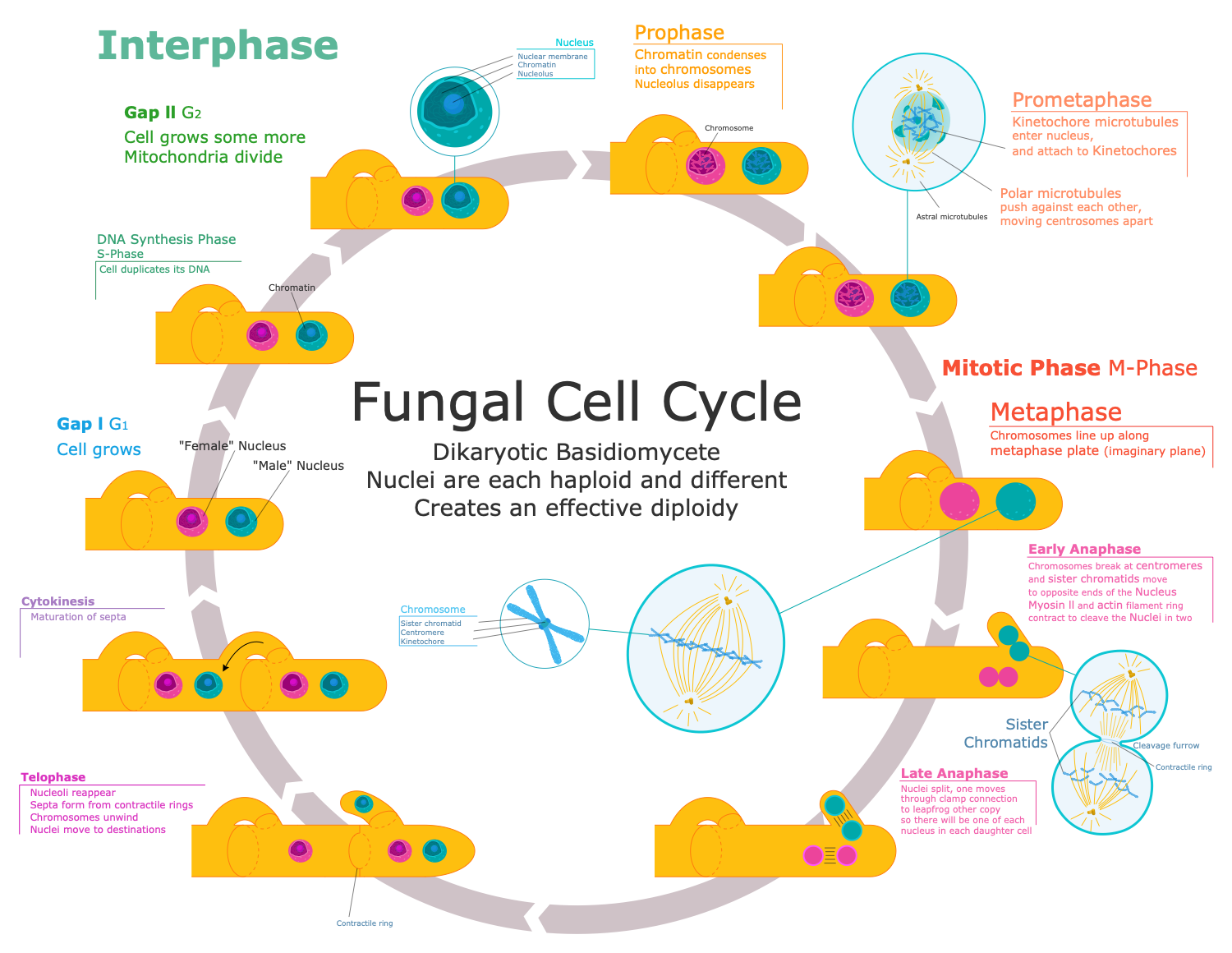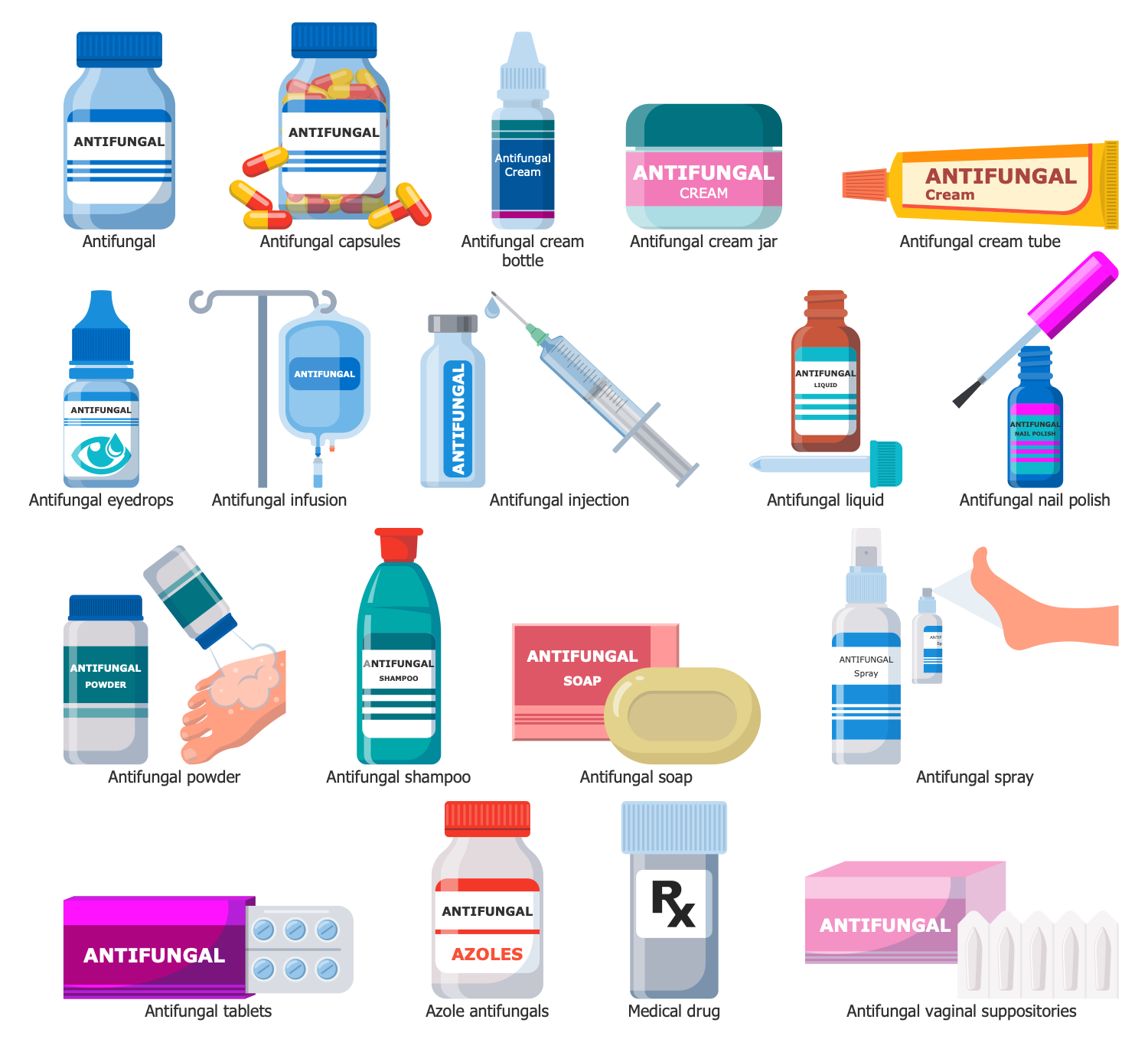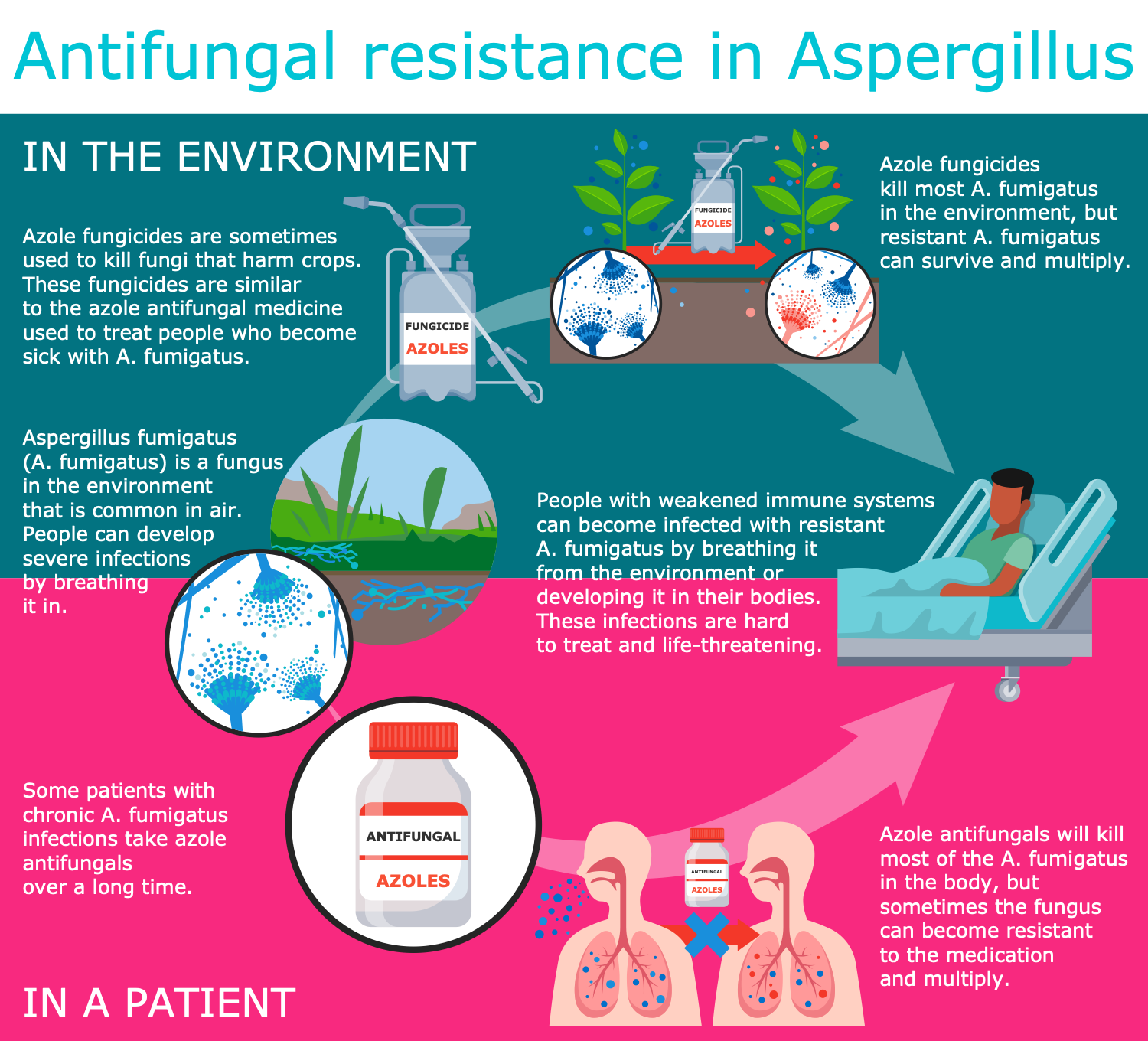Antifungal Therapy
Fungi grow as yeasts, molds, and their combinations and reproduce through small spores. The fungi spores are found everywhere and in all kinds in the environment, in air, soil, on wood, surfaces, items, skin, become airborne and through direct contact. However, only some fungi species cause diseases in people and animals. Fungi can live on people's skin and inside the organism but don't cause problems to healthy people with a strong immune system. However, fungal infections are life-threatening for people who have autoimmune diseases, HIV, cancer, people after surgeon operations, organs or stem cells transplants.
Fungi can cause a variety of conditions. Mostly they affect the skin, nails, mucous membranes, and respiratory system. The most dangerous diseases caused by fungi include meningitis, aspergillosis, pneumocystis pneumonia, ocular histoplasmosis syndrome, valley fever, candidemia, rhinosinusitis. People with the weak immune system are more predisposed to fungal infections and require antifungal medications.
Antifungal therapy is the application of pharmaceutical fungicides, medicines, and drugs to treat fungal infections and prevent mycoses. There are many types of fungal infection and respectively there are several types of antifungal drugs used to fight fungal infections.
Antifungal drugs have various mechanisms of impact, they can directly kill fungal cells or prevent their multiplication and growth. Parts of the cell that the antifungal drugs target include its protective parts: fungal cell membrane and cell wall. Their damage can cause the cell's leak and die.
There are applied local or systemic antifungals depending on the fungal type, severity of infection, degree of damage, and condition. As a rule, systemic antifungals are taken orally or intravenously, while local antifungals are used topically. Usually, local antifungals are sold without a doctor's prescription and more serious antifungal medicines are prescribed. Antifungal medicines exist in varied forms: pills, capsules, drops, liquids for injections, vaginal suppositories, cream, gel, ointment, and spray.
Antifungal pharmaceuticals include:
- Azoles interrupt producing of an enzyme used in the fungal cell membrane creation. As a result, the cell membrane becomes unstable, leaks and deaths. Azoles are the most commonly used antifungals and include two groups: imidazoles and triazoles. These include ketoconazole, clotrimazole, miconazole, fluconazole, fosfluconazole, voriconazole, itraconazole, posaconazole, isavuconazole.
- Polyenes make the fungal cell wall porous and prone to bursting. These are nystatin and amphotericin B.
- Allylamines also interfere with an enzyme involved in the creation of the fungal cell membrane. Terbinafine is one of the allylamines.
- Echinocandins suppress an enzyme involved in the creation of the fungal cell wall. This group includes micafungin, anidulafungin, caspofungin.
- Griseofulvin prevents the fungal cell from multiplying by stopping its ability to divide itself.
- Flucytosine causes interference to the fungal cell to produce nucleic acids and proteins. As a result, the cell cannot grow and multiply.

Example 1. Antifungal Therapy - Fungus Cell Cycle
As any medicines, antifungals may cause side effects like allergic reactions, redness, itching, burning, rash, feeling sick, tummy pain, diarrhea, tiredness, vomiting, and liver damage. Therefore, consult the doctor before taking antifungals and check the information that comes with the medicines. Stop using the medicine if you have some severe side effects. Be especially careful when treating children and babies.
Depending on the severity of the disease the treatment can take from several days to weeks, months, or even years to clear up the fungal infection from the organism.
The greatest difficulty is the antifungal resistance in Aspergillus, Cryptococcus, Coccidioides, and other types of fungi when they no longer respond to treatment. This severely complicates the treatment. Some fungi can mutate or be naturally resistant to certain antifungals. Taking antifungals for a long time, skipping doses, taking a too-low dose, or stopping treatment too soon also can cause the development of resistance.
Example 2. Antifungal Library Design Elements
The easiest way to design thematic mycology infographics, compile an overview of antifungal medicines and outline the schematics of complex antifungal therapy and immunotherapy is by using the powerful drawing tools Medical Mycology solution for ConceptDraw DIAGRAM software. It includes a set of samples and a huge collection of predesigned vector elements from the subject area, collected in 17 libraries and including the Antifungal library with all variety of clipart of antifungal medicines.
Example 3. Antifungal Resistance in Aspergillus
The mycology infographics you see on this page were created in ConceptDraw DIAGRAM software using the Medical Mycology Solution. They successfully demonstrate the solution's capabilities and the professional results you can achieve. An experienced user spent 10-15 minutes creating each of these samples.
Use the powerful tools of the Medical Mycology Solution for ConceptDraw DIAGRAM software to create your own infographics and diagrams of any complexity fast and easy, and then successfully use them in your work activity.
All source documents are vector graphic documents. They are available for reviewing, modifying, or converting to a variety of formats (PDF file, MS PowerPoint, MS Visio, and many more graphic formats) from the ConceptDraw STORE. The Medical Mycology Solution is available for all ConceptDraw DIAGRAM users.

